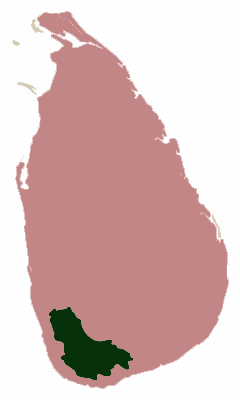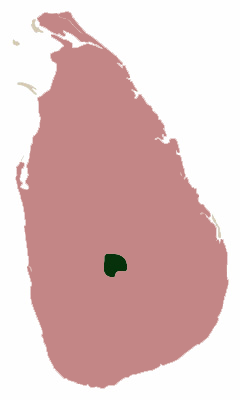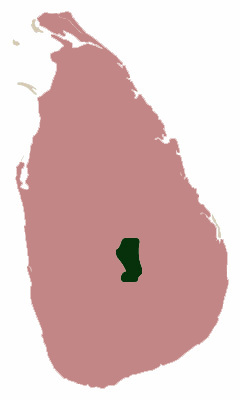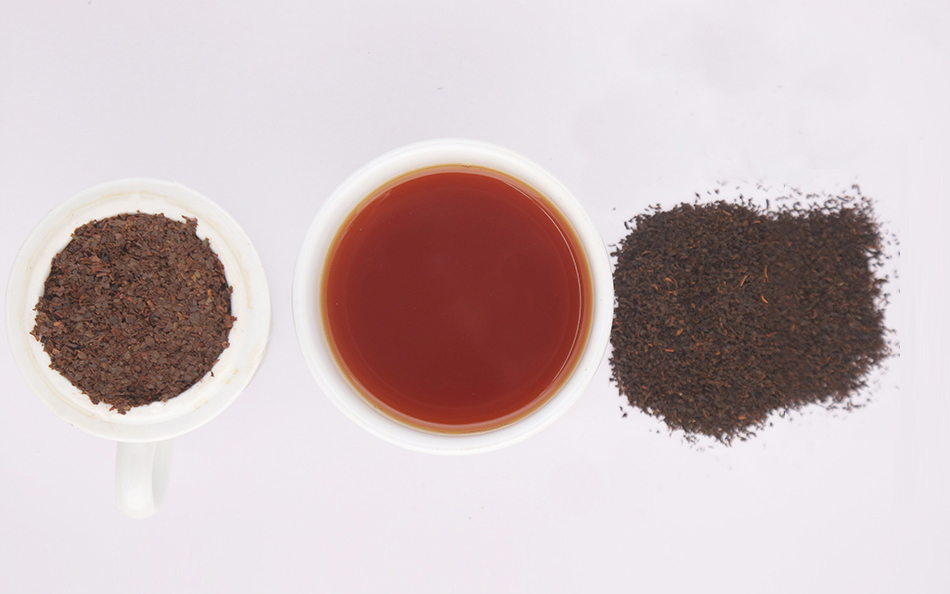Ceylon Tea
Introducing Pure Ceylon Tea
Tea Regions of Sri Lanka


Dimbula
Dimbula teas are characterized as ‘high-grown’; the regional definition specifies an elevation of between 1,100m and 1,600m (3,500-5,000ft.), but in practice the region’s estates all stand at an altitude of over 1,250m (4,000ft.). The teas of Dimbula, like all high-grown teas, are slow-growing and small-leaved. Dimbula planters, however, focus on flavour rather than leaf style in the manufacture of their products.


Kandy
Kandy is a promising district in the Central Province of Sri Lanka with its capital nestled in a rather low-lying valley. The estates are spread around the surrounding hills, namely Nilambe, Hantane, Pussellawa, Gampola and Hewaheta. The mountains are not as high-up as those in the southern part of the central province, therefore the tea in the Kandy region is branded as ‘mid-grown’. The altitude for cultivation ranges between 650m and 1,300m which is approximately 2,000-4,000ft.


Ruhuna
The Tea produced in the Ruhuna District isdefined as ‘low-grown’. The tea estates of the region lay at altitudes of 600m (2,000ft) amid sea levels. Although the key tea cultivating areas are relatively near the coast, the predominant weather patterns prevent the crop from receiving the full force of the southwest monsoon winds and rain. Before ‘tea’ was introduced, this zone of moderate climate, watered by several small rivers, was devoted to the cultivation of spices


Uva
The tea grown in the Uva region has a very distinct flavor and is mainly used in blends. The tea is grown at an elevation of 3,000 to 5,000 ft above sea level. The tea which is produced in this region comes from the estates of Bandarawela, Badulla and Haputale. Experts say that the unique character of the tea is mainly due to the climate in the region.


Nuwaraeliya
The town, from which the district takes its name, sits hovering on a plateau at 1,868 m (6,128 ft) above sea level, beneath the outline of Sri Lanka’s tallest mountain ‘Pidurutalagala’. NuwaraEliya is blessed with two seasons of great quality, the eastern and the western. The sense of balance between the two climatic systems varies from estate to estate. One can experience a complete change of weather within a short drive from one location to another.


Uda Pussellawa
Lodged between the Kandy and Uva districts on the eastern slopes of the hill country, UdaPussellawa tea is occasionally compared in character with that of NuwaraEliya. It appears somewhat darker when brewed, with a pinkish hue and gives out a flavor of great strength. The eastern season which begins in June and ends in September produces the best teas of the year, very closely followed by the western season during the first quarter.
